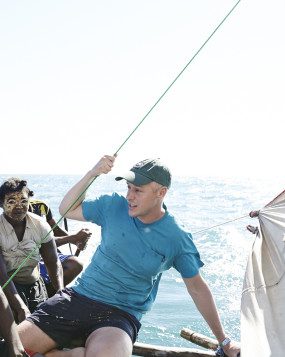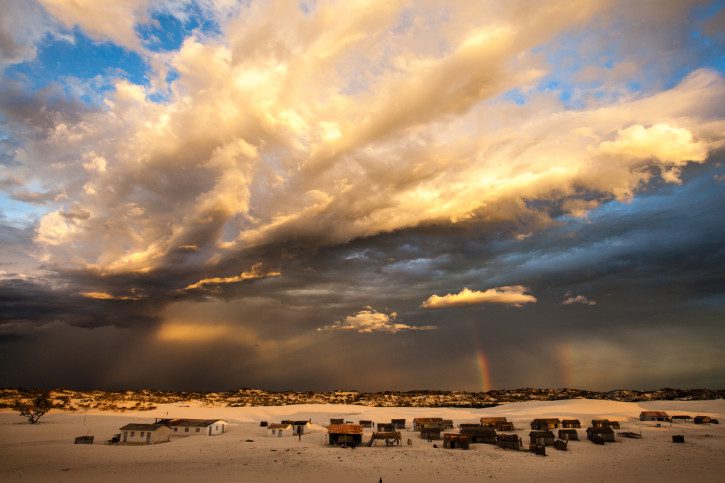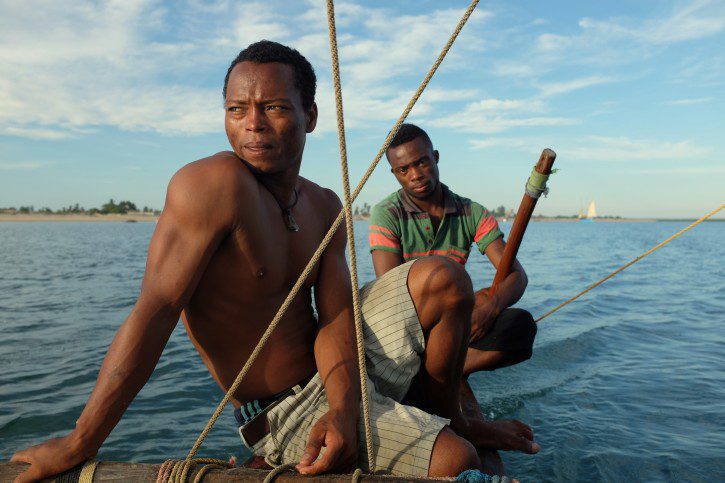It’s day three of my journey by sailing pirogue up the west coast of Madagascar. Long days spent huddled in the well of a dugout canoe, surging north on rolling swells with the help of reliably strong southwesterly winds.
I’m here to visit some of Blue Ventures’ programmes on the Mozambique Channel coast of Madagascar, learning from our teams that live and work alongside the fishing communities that make a living from this region’s vast coral reefs and mangrove forests.
I’ve travelled a similar route along this coast numerous times since Blue Ventures’ journey began in 2003. There has been a decade of unprecedented change here, and we’ve witnessed many of the developments that these coastal communities have experienced firsthand.
The arrival and expansion of commercial seafood collectors – now the economic lifeblood of this region – has provided a refrigerated link connecting European supermarkets with some of the remotest communities on earth. Other changes have brought new challenges to these communities that depend so intimately on the sea for their survival. The population here has doubled over the last decade. There are now more mouths to feed, more fishermen and women on the water, each having to travel further than ever before for dwindling catches.

A migrant fishing camp on Nosy Manandra, Barren Isles, west Madagascar | Photo: Garth Cripps
The seasons here are changing in ways that nobody has seen before. The weather is increasingly unpredictable. Coral reefs are experiencing regular die offs from temperature stress. Tropical storms and cyclones are becoming more severe with each passing year. I write this after the region’s wettest summer in living memory, with the coastal dry forest ringing to the sound of delighted frogs, a normally arid landscape transformed to vibrant green.
[Tweet “Our work as conservationists must evolve with the changing rhythm of life on this coast”]
Our job is to listen to the needs of the communities that we serve, responding in a sensitive and pragmatic way to help them maintain their livelihoods in the face of these constantly emerging challenges, while safeguarding their marine environment – and resource base – for future generations.
This requires creativity, and a readiness to rethink how we do conservation; to take risks, and to challenge broken paradigms.We’re not afraid to be self-critical; if we see that something doesn’t work, we change tack until we’re on the right course. Our first tentative steps in fisheries management, marine conservation, coastal aquaculture and community health were a long way from where we are today, operating at a scale and with a momentum that were unimaginable when our journey first began.
The five hundred kilometres of coast that I’ve travelled this month are now home to dozens of our conservation initiatives, in a range of ecosystems and at different stages of development. At their core, all are designed to inspire local leadership in conservation by demonstrating that effective management rebuilds fisheries, improves food security and makes economic sense.
The remarkable changes that we’ve seen along this coastline have resonated at an international scale.The management efforts of these visionary communities have inspired others from across the Indian Ocean to visit and learn about their experiences, catalysing similar grassroots conservation movements in other regions and countries. Connecting communities in this way is the most powerful tool that we have to expand our impact, which is important because the challenges facing traditional fishers and marine biodiversity are not limited to this corner of the Mozambique Channel.

The introduction of modern fishing gear (such as this net) has driven fishing to unsustainable levels | Photo: Garth Cripps
Globally, 90% of fish stocks are overfished or fully fished, the highest exploitation levels since records began. Almost 1.5 billion people, mostly in developing countries, live around our tropical coasts. This population is expected to grow by a third to almost 2 billion people by 2050. The overwhelming majority of the world’s small-scale fishers (at least 97%) live in these countries, and their fisheries are a lifeline for families and economies, underpinning food security for entire nations.
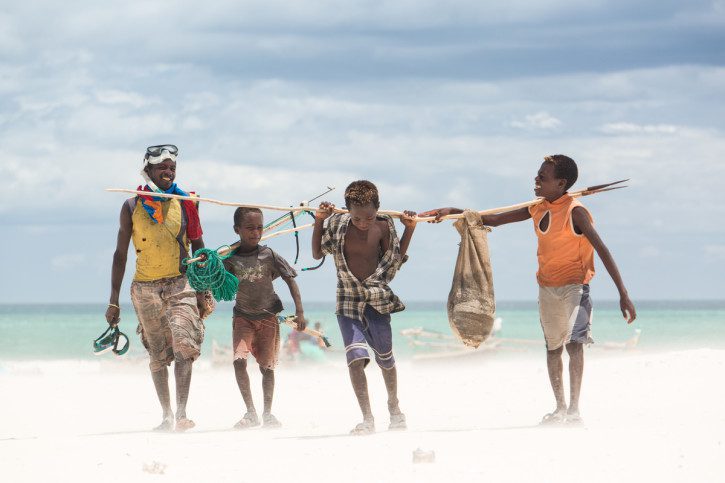
Small-scale fisheries are a lifeline for families and economies, underpinning food security for entire nations | Photo: Garth Cripps
[Tweet “Our mission to rebuild tropical fisheries with coastal communities is urgent and critical”]
We believe that our models work, and we’re determined to get the job done. We listen, and we work in a transparent and collaborative way to pass on what we learn to others who share our vision and passion.
This year we’re increasing our efforts to support others to adopt our models; developing practical training tools and facilitating more community exchanges with our existing local partners in Madagascar, providing direct technical assistance to partner organisations and government agencies, and building networks of leaders in local marine management.
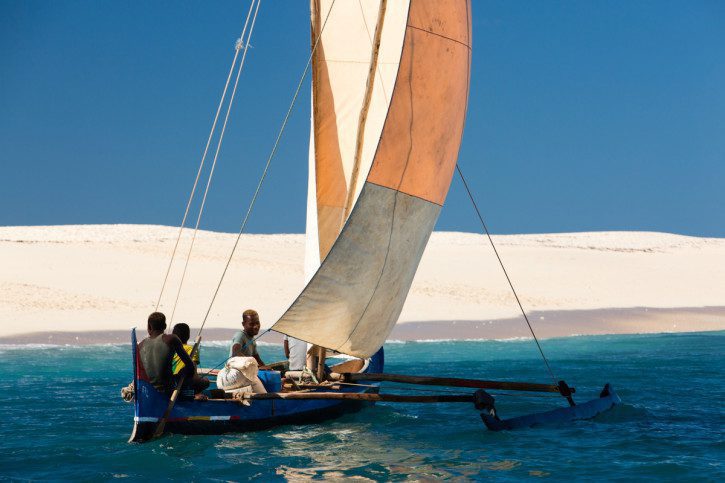
Typical sailing pirogue in western Madagascar | Photo: Garth Cripps
There’s a lot to take in as you travel this coast. Today’s good winds have kept us at sea for twelve hours without a break. We reach the village of Andranompasy at sunset, a mangrove fishing community in the estuary of the mighty Mangoky river.
Over a torchlit supper of fried fish and rice, I’m drawn into conversation with a fisherman who’s heard about Blue Ventures’ work in mangrove fisheries further north, our destination in tomorrow’s leg of this voyage. Joining us on the damp pirogue sail overlooking the water, he asks when we’re going to start similar efforts in Andranompasy, whose crab fisheries he fears are already in decline.
The next step in Blue Ventures’ journey is to expand our ability to respond to such local interest in marine conservation, to forge new connections and to empower communities throughout the tropics to rebuild their fisheries.


